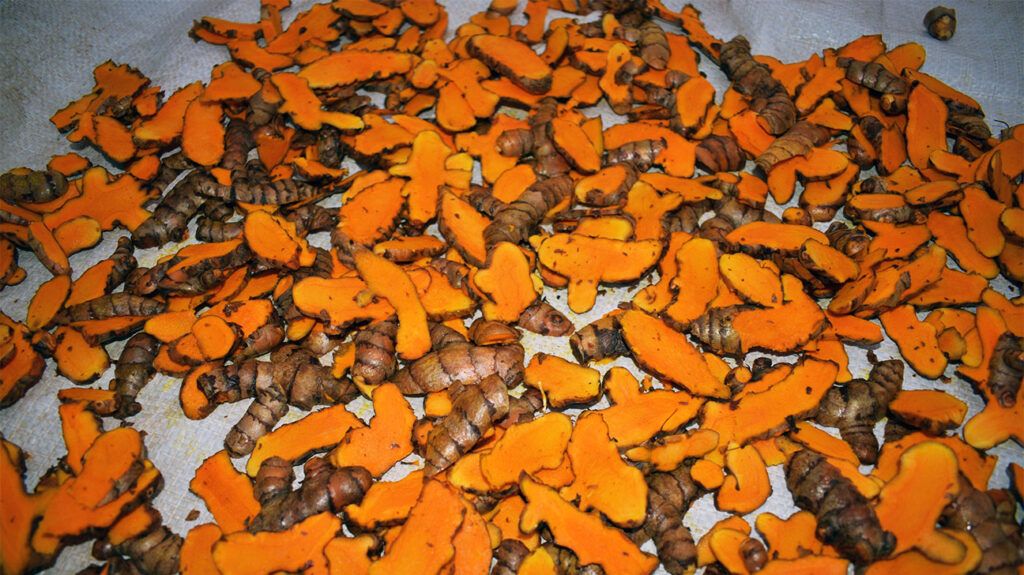Innovative Simultaneous Cell Isolation Technology Enhances Cancer Diagnostic Accuracy

A groundbreaking cell isolation system improves cancer diagnosis by simultaneously capturing tumor cells and fibroblasts, enhancing liquid biopsy precision.
Recent advancements in cell separation technology have demonstrated the potential to significantly improve cancer diagnostics. A novel automated system enables the simultaneous isolation of circulating tumor cells (CTCs) and cancer-associated fibroblasts (cCAFs) from blood samples, providing a more comprehensive understanding of the tumor microenvironment. This breakthrough was achieved through the development of the CTCeptor platform, which has shown superior performance compared to traditional FDA-approved methods, capturing a higher number of CTCs and cCAFs with remarkable efficiency.
In a comparative study involving early-stage breast cancer patients, the CTCeptor system detected at least 15 times more CTCs than established methods like CellSearch and Parsortix. Notably, it also identified cCAFs at about ten times higher frequency than CTCs, revealing the heterogeneity of CAF markers in blood-derived cells—an insight that was previously difficult to obtain. These findings underscore the system's ability to analyze both tumor cells and microenvironment components from a single blood draw, thereby enhancing the sensitivity and precision of liquid biopsies.
The research, a collaborative effort with the University Medical Center Hamburg-Eppendorf and CTCELLS, was published in "Analytical Chemistry." The study demonstrated that the CTCeptor technology not only captures diverse tumor cells regardless of size or EpCAM expression but also overcomes limitations linked to cell deformability inherent in size-based filtering methods. This dual capability opens new avenues in early cancer detection and treatment monitoring.
According to Professor Minseok Kim from Daegu Gyeongbuk Institute of Science & Technology, this innovative approach allows for comprehensive analysis of tumor and stromal cells, offering valuable insights into the tumor microenvironment that can accelerate drug development and personalized therapy strategies. Overall, this technology marks a significant advancement in liquid biopsy, promising improved accuracy in early cancer diagnosis and ongoing disease management.
Learn more about this research in the original study: Hyeong Jung Woo et al, "Robust Automated Separation of Circulating Tumor Cells and Cancer-Associated Fibroblasts for Enhanced Liquid Biopsy in Breast Cancer," Analytical Chemistry, 2025. [DOI: 10.1021/acs.analchem.5c02154].
[Source: https://medicalxpress.com/news/2025-09-simultaneous-cell-isolation-technology-clinical.html]
Stay Updated with Mia's Feed
Get the latest health & wellness insights delivered straight to your inbox.
Related Articles
Turmeric Supplements May Aid Weight Loss in Diabetes Management
Discover how turmeric and curcumin supplements may support weight loss and improve obesity measures in people with prediabetes and type 2 diabetes, backed by recent research findings.
AI-Driven Models Enhance Prediction of In-Hospital Mortality for ICU Cancer Patients
Machine learning models, including the CatBoost classifier, show high accuracy in predicting in-hospital mortality among ICU patients with lymphoma, offering valuable insights for personalized risk assessment.
Hidden Impact of Childhood Neglect on White Matter Brain Structures
Child neglect can cause significant structural changes in the brain's white matter, impacting development and behavior. Recent research highlights the importance of early detection and targeted interventions to support affected children.
Increasing Prevalence of Eczema Correlates with Severity of Alopecia Areata
Higher severity of alopecia areata is linked to increased prevalence and risk of eczema, underscoring the importance of monitoring for atopic dermatitis in affected patients.



